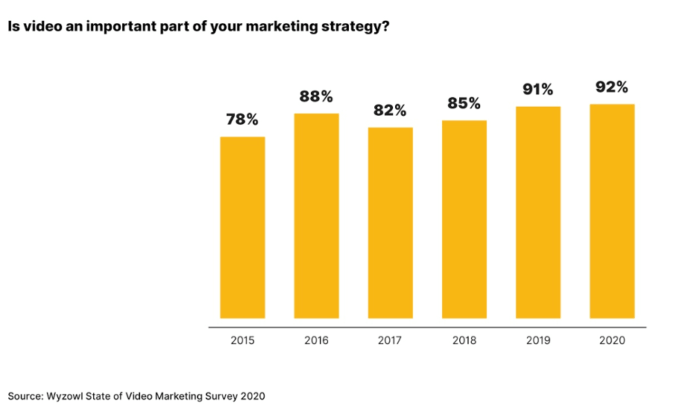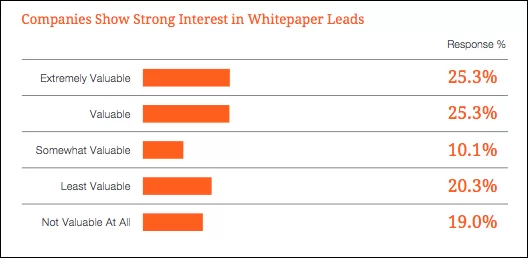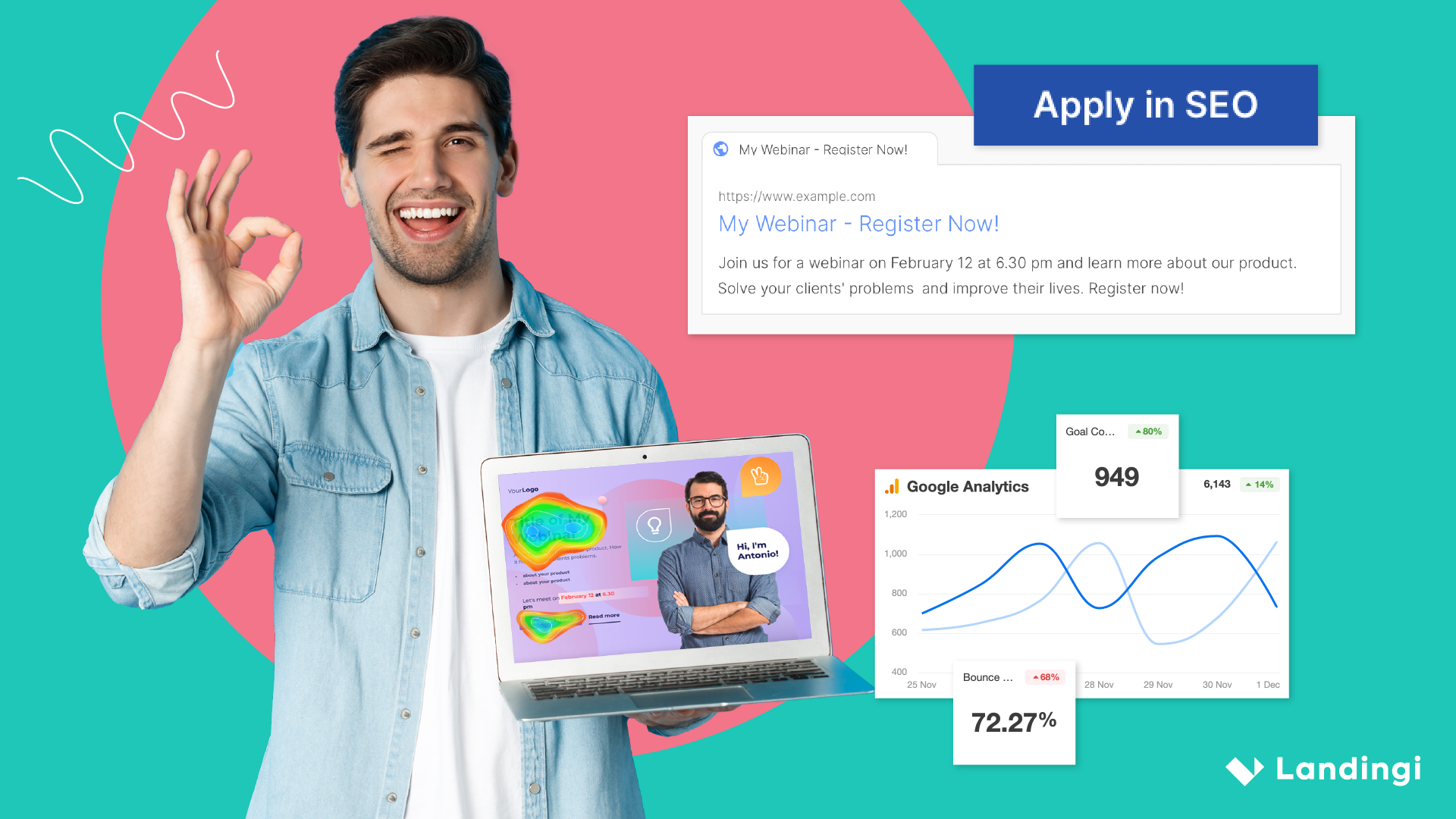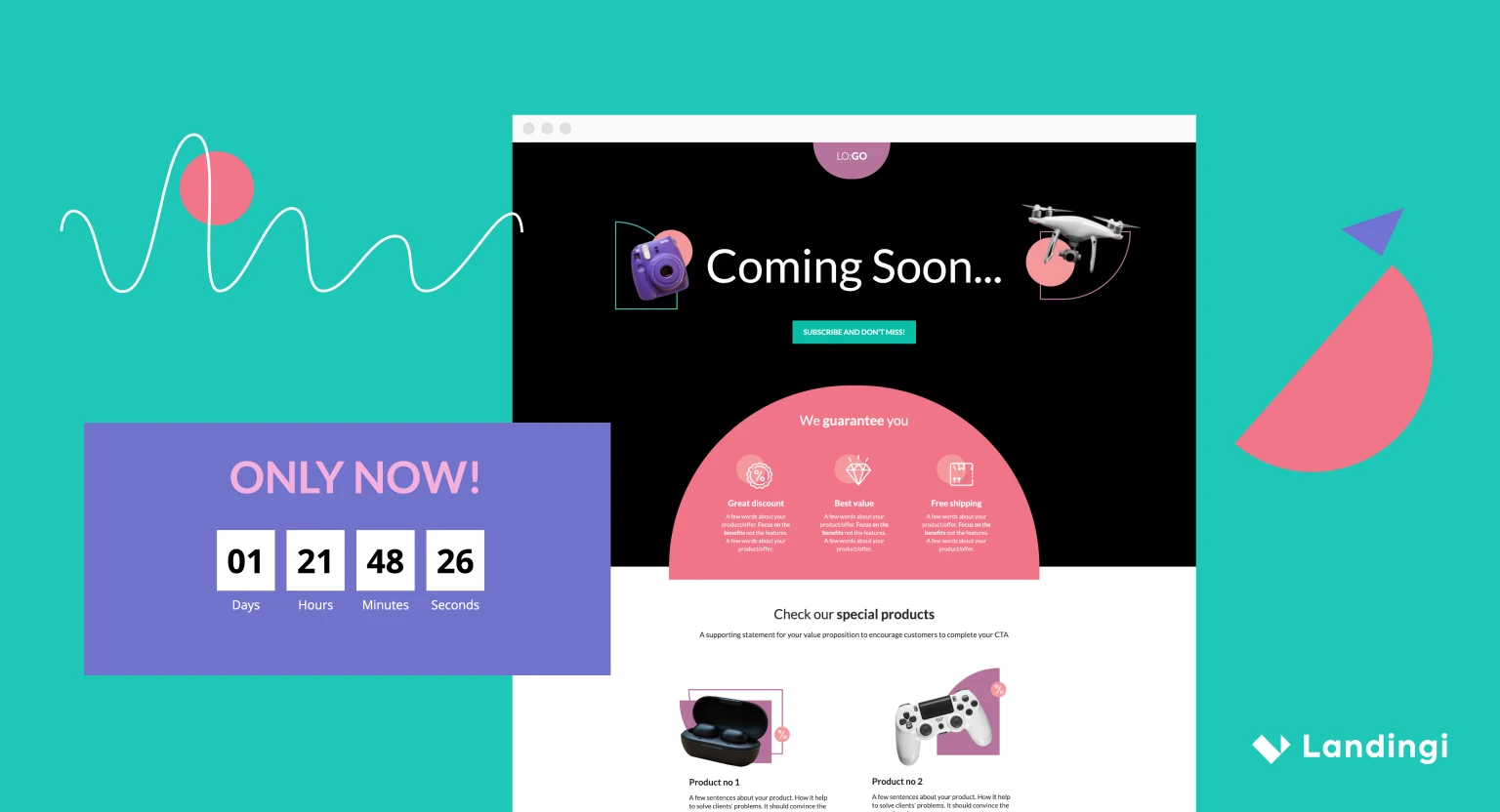This article will help you learn how to generate leads effectively through content marketing through:
- Market research
- Landing page optimization
- Understanding your sales funnel
- Using the right content types
- Content promotion
- Converting leads
Generating leads is essential for any business. There are many ways to do it. With valuable content, it’s possible to generate lots of leads and boost your SEO. At the same time, if you establish a presence known for quality content, you will be able to get great returns from social media campaigns.
It’s not only about creating content and trying to expose it as much as possible. You need to create the right type of content that will convert consumers into valuable leads. You can have 200,000 monthly visitors on your site, but if you get only 20 leads, you’re doing something wrong.
Here’s how you need to approach your content marketing strategy for effective lead generation.
Start with Market Research
Content marketing is a wide field where you can do a lot of things differently. At the same time, different audiences react differently to content. Before you actually start producing your content for lead generation, it’s essential to know who you’re making it for.
You need to be analytical before you can be proactive. Extensive market research can tell you a lot about your business. First of all, you can learn whether the target market has enough potential customers interested in your products or services.

First of all, see what your target audience is searching for. Which keywords they are using to get the information they need. Look for a gap in the keywords and find the ones that aren’t used by similar brands. Then align those keywords with your content and your services.
There are a lot of tools you can use for keyword research and quickly get some valuable conclusions. Also, make sure to define your buyer persona extensively. Once you’ve done that, engage those people and ask them questions about products or services they need, likes, and dislikes.
In the end, make a list of your competitors and analyze their websites. See which keywords they are using and what kind of content they have. Look for a gap in content or try to deliver similar information in a better way.
Optimize Landing Pages
Your landing page is where the magic happens (or where it should happen) with lead generation. First and foremost, all the organic traffic that comes through a search engine will open your landing page. It’s the first thing they see, and it needs to make a great first impression.
On the other hand, if someone reads your content and gets valuable information from it, they will want to check what you’re about. Again, they will do this by checking out your landing page. The first important thing is usability.

Landing Page Structure
When someone opens your landing page, they need to see everything clearly. That’s where your page structure comes into play. First of all, you need to have a large and strong headline. The copy underneath it needs to be short and sweet so that it can deliver information quickly.
Add a couple of secondary headlines to make the page more appealing. Create subcategories based on what kind of information the content within them will provide. All of this copy allows you to include your keywords for SEO purposes.
Landing Page Design
Websites are often oriented dominantly on design. Yes, your landing page needs to look good. However, it shouldn’t be the focal point for viewers. The design needs to reflect your brand and help showcase what you are doing.
Don’t go overboard with design elements. Make it simple and easy to understand. You’re not making a landing page to impress people with your design, but to convert them into leads. Add professional photos that can further enhance the information you’re sharing.
Make sure to include a clear CTA because users aren’t often sure how they can buy something or perform any action. Make the CTA easy to spot. You can use different fonts, or different colors in the design of your CTA to fetch user’s attention. Make sure to put the emphasis on the conveniences of your service. Are you offering free trials? Free sign-ups? You should consider highlighting these elements. Simply put, provide something that is really valuable to them.
Make sure to include a clear CTA because users aren’t often sure how they can buy something or perform any action. Make the CTA easy to spot. You can use different fonts, or different colors in the design of your CTA to fetch user’s attention.

Make sure to put the emphasis on the conveniences of your service. Are you offering free trials? Free sign-ups? You should consider highlighting these elements. Simply put, provide something that is really valuable to them.
Understand Your Sales Funnel
You probably know what a sales funnel is, but did you know that you can also create a lead generation funnel? The first thing you need to understand is the customer journey. Do this by analyzing the most important metrics of your site:
- Conversion rates
- Bounce rates
- Number of unique visitors
- Time spent on page
- Funnels
By combining this data with information about your customers you’ve gathered through market research, you will be able to map the customer journey. Once you’ve done that, you can start with the first step of creating a lead generation funnel:
Creating Awareness About Your Brand, Products, and Services
You can do this through content marketing, advertising, SEO, social media marketing, and email marketing. Your goal is to drive as much traffic as you possibly can so that you can identify as many valuable prospects. Take a look at some of these case studies and see how they have built their campaigns by focusing on brand awareness.

Recognizing Valuable Prospects
Collect data about your potential leads. Learn their contact details, where they live, their income, age, gender, and other important demographics. That’s how you will create a list of people that you can engage down the line.
Engaging Prospects
Engage people with personalized campaigns and use your knowledge to address their pain spots. At the same time, rely on the information you have about them to adjust your approach. You can use whitepapers, events, video, advertising, webinars, email, or any other channel to do this.
Market to Valuable Leads
Once you’ve successfully engaged your leads, the next step is to figure out which ones are worth pursuing. Not all leads have the same value and chances to convert into paying customers. Monitor engagement levels, how people are behaving, and where they came from to recognize the most valuable leads.
Once you’ve done that, you can use direct marketing to focus on those people. Depending on your business and marketing tactics, you can choose different approaches.
Content Types Suitable for Lead Generation
Not all types of content are good for lead generation. Here are some of the best types we suggest:
Video content
In 2021, consumers will spend up to 100 minutes each day watching video content. This number is getting higher each year, which means that people love videos and consume them often. It’s impossible to market or generate leads without using video.

Videos are highly engaging, especially on social media. Consider attaching a form to your videos and use different types such as presentation videos, educational, how-to videos, product videos, and so on.
Guides
Guides are a very effective type of content. There’s not a single blog section on any website that doesn’t have a few guides. They are long and extensive and practical to update. They focus on a certain subject and explain everything throughout. So first of all, do a bit of research – read blogs and guides from your industry. See what they are missing and how you can explain things more simply.
Make sure that your guides have all the essential basics and add all the details you found are missing. Include screenshots and images that further explain the copy. Include real examples to make it clear what the end results need to be. In the end, add a call to action related to the guide’s topic.
For example, take a look at this guide to email marketing landing pages – screenshots from Uber, PayPal and Wishpond sites that are used here make a big difference.
White papers
According to the latest research, 60% of marketers that use whitepapers for lead generation report positive results. Whitepapers are extensive documents that cover a topic and provide a solution for it.

You shouldn’t make them sales-oriented but try to deliver value. Consider giving whitepapers to people who subscribe to your email list.
Case studies
Case studies eliminate doubts and help people confirm what they are thinking. Find objections or claims that come from your customers and prove them right or wrong with a case study.
On top of that, you can use the data you have about your potential leads to create a case study that will interest them. You can weave a story in your favor, and show how you can help them deal with the issues they are having.
Surveys
The forms on your site can’t collect a lot of detailed information about your leads. People simply don’t want to spend a lot of time filling out blank fields. That’s where surveys can help. You can collect so much useful input, stats and numbers.
For example, see this survey about blogging industry – it covers over 45 questions regarding the topic of blogging and is also available as a free downloadable PDF.
To get as many participants in your surveys, add a benefit for doing a survey: possible mention on your site, offer discounts, whitepapers, guides, or any other promotion. Ask people questions about your services, their needs, and what they think you can do better. Try to get a detailed picture of your market and which solutions it needs.
Content Promotion
Without promoting content to a lot of people, you can’t expect it to deliver. Here are some of the best ways to do this.
Social Media
94% of marketers use Facebook, and 76% of them use Instagram as one of their main online marketing channels, which shows just how important social media is. If you want people to see your content and turn into leads, you will have to be where they are – on social media.

Luckily, all forms of content can be promoted on social media. You can also use paid advertising to boost your results. Remember to choose the platform based on your target audience.
Many people think that email is dead, but they couldn’t be more wrong – 99% of people who use email check if they have new emails each day.
Email gives you a more direct and personalized approach to leads. It’s good for engaging them, keeping in touch, and promoting new content. Make sure to use an email list and have a strategy in place to make people subscribe to it.
Other
Some other worthwhile options for content promotion are blogging, guest posts, referral programs, reward programs, and webinars.
If you do everything above, converting leads will be easy. However, you should be proactive and avoid waiting for them to go cold. Engage leads as soon as they are ready to make a purchase. Sometimes it’s as simple as asking people if they are ready to buy something.
Incentives are also a good way to sway people into a purchase. Add a special discount or a free gift to make them convert. Another tactic is to remind people of the key advantages that your products or services offer.

All of these approaches are great, and the important thing is to keep leads warm and engaged, even if you don’t make a sale that day.
Conclusion
Focusing on the needs of your target audience is essential in building a list of valuable leads. All your content needs to be directed towards your potential customers. Be consistent and promote your content regularly, and you will start seeing results.







